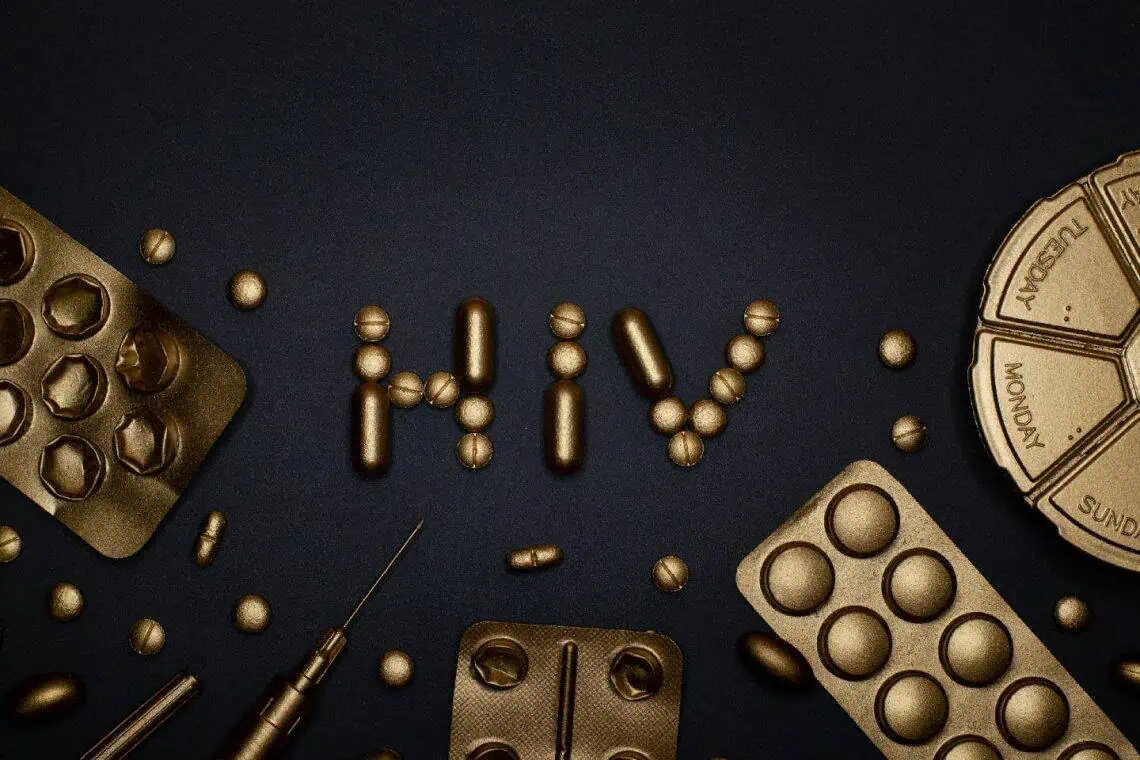A timely $115M PEPFAR infusion keeps South Africa’s HIV response alive through March 2026
South Africa, home to the world’s largest HIV treatment programme, has secured a critical lifeline via a US-approved $115 million PEPFAR Bridge Plan, designed to sustain prevention and treatment services from October 2025 to March 2026. This funds a vital “bridge” during ongoing budget negotiations and averts potentially disastrous service interruptions.
The South African Cabinet welcomed the move as evidence of resilient ties and shared health priorities. At a post-Cabinet briefing, Minister in the Presidency Khumbudzo Ntshavheni underscored that life-saving HIV services will continue without disruption. With over 5.8 million people reliant on antiretroviral therapy through the public health system, securing uninterrupted supply and support is essential.
PEPFAR (the US President’s Emergency Plan for AIDS Relief) has long been central to global HIV efforts. In South Africa, it has historically contributed upward of $400 million annually—roughly 17 percent of the country’s HIV funding portfolio. The bridge plan not only ensures continued ARV procurement but also supports health-worker payments and service delivery, offsetting earlier funding freezes that threatened programme stability.
Budget Strains and the Risk of Reversals
A US foreign aid freeze earlier in 2025 triggered serious disruption across South Africa’s HIV sector. Over 8,000 health workers lost their positions and 12 specialized HIV clinics run by civil society groups were forced to close. The national treasury responded with a R750 million emergency allocation, but the bridge funding provides a more structured short-term solution.
Health Minister Aaron Motsoaledi has signalled that PEPFAR’s future approach may offer transition periods of up to five years before funding is withdrawn—a push toward self-reliance—but critics warn that without stable funding, gains could unravel. Modelling studies suggest that discontinuing PEPFAR-supported services in South Africa over 2025–2028 could result in 150,000–296,000 additional new infections and 56,000–65,000 more AIDS-related deaths. Source: PMC analysis
Wider continental models warn of even starker consequences: cuts to PEPFAR could lead to up to 74,000 excess HIV deaths in Africa by 2030. Source: CIDRAP
Closer to home, South Africa’s health systems face mounting pressure. The country does not yet have a fully scaled replacement plan for lost US support, and declines in viral load testing and staff retention have already been recorded. Source: Reuters
Lives in Limpopo: Real Stories Under Pressure
In Limpopo Province, with an HIV prevalence of around 8.9 percent, communities continue to feel the strain. Treatment gaps are especially pronounced among adults aged 25–49, where prevalence is 22.3 percent in women and 17 percent in men.
Adolescents with perinatal HIV in rural districts such as Vhembe often depend on scattered social support. A 17-year-old recounted enduring emotional abuse from her aunt, who dismissed her illness and stigmatized her openly. The fear of disclosure and gossip led to deep isolation.
But not all stories are grim. One 14-year-old spoke about the care she receives from her grandmother, who ensures she eats and remains consistent with medication. Clinics also offer counseling; one girl described how nurses encouraged her not to give up, reminding her that skipping treatment could be fatal.
Parents in Mopani District described the difficulty of explaining HIV to children. One mother of a 12-year-old recalled how sharing the truth improved adherence, yet lamented that she lacked professional training to do disclosure safely. These narratives underscore how funding decisions translate into human life: reliable access to ART and support services changes individual trajectories.
US Commitments in Global Health
Under the current administration, PEPFAR remains central to US global health diplomacy. Since its inception in 2003, PEPFAR has channeled over $120 billion in HIV support globally. Source: KFF
US investments sustain more than 325,000 health workers annually and allocate over $1 billion to training. The strategic focus emphasizes equity—especially for women, girls, and marginalized communities—and boosting regional manufacturing of HIV commodities to reduce dependence on imports and improve resilience.
Partnerships with continental institutions strengthen disease surveillance and outbreak response systems, as seen in coordinated efforts against COVID-19 and Ebola. Despite political tension, PEPFAR remains a core pillar underpinning global efforts to end HIV as a public health threat.
Chinese Medical Aid: A Complementary Role
China has long contributed to health systems across Africa, notably through the dispatch of medical teams, infrastructure investment, and equipment donation. According to academic reviews, Chinese medical teams play a dual role: delivering frontline services and capacity-building among local health staff. Source: PMC review
From the first Chinese medical mission to Algeria in 1963, to modern deployment across 51 countries serving more than 180 million patients, the model has evolved. Source: PMC historical review Further source
Where PEPFAR is often conditional, China’s model is typically more flexible—“no strings attached”—which can facilitate integration into existing systems in underserved areas. Collaborative efforts, for example around HIV control, could benefit from combining US technical, data-driven approaches with China’s rural reach and infrastructure capacity. Yet challenges remain: cultural barriers, coordination, transparency and sustainability must be addressed.
Building a Resilient Future
This six-month injection of $115 million provides essential breathing room. But lasting impact will depend on more than temporary funding. South Africa and its partners must diversify financing, reinforce local systems, and explore hybrid models that fuse strategic rigor with flexible support.
The individual stories from Limpopo remind us that behind every statistic is a person navigating stigma, treatment, and hope. When global aid aligns with local agency, the vision of an HIV-free generation steps closer to reality—and small decisions today may ripple into cures tomorrow.
